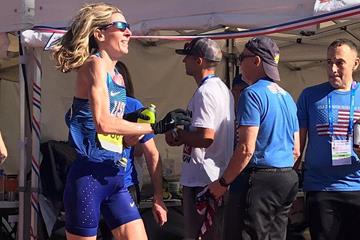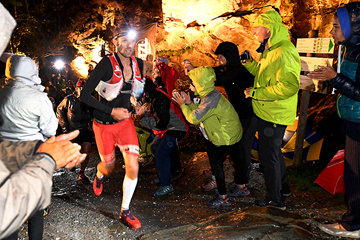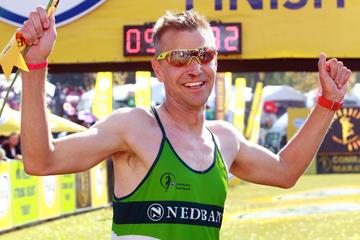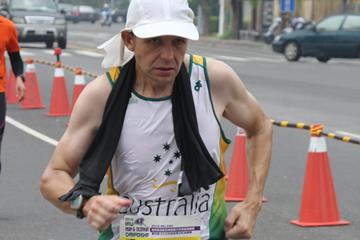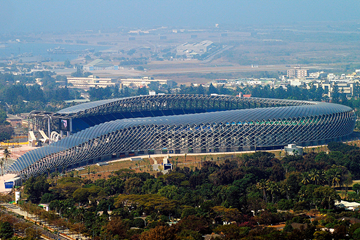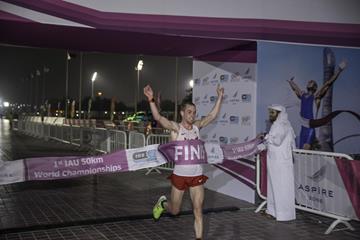 Countdown
Countdown
 Countdown
Countdown
Official website: International Association of Ultrarunners
How it works
Ultra races are contested over two different types of race modalities, either over a set distance or a set time. Examples of the former would be 50km, 100km and longer events while illustrations of the latter would be something like 6hr, 24hr, and multi-day events. Both are gaining popularity with the masses and bring their own unique challenges to the racers.
Races are organised on a) trails where athletes get to enjoy the serene environment of a forest. b) track when athletes do not have to venture too far from their start/finish areas and are always within visible region. c) road where athletes can enjoy their road running days and run through both quiet and busy streets.
Some ultra races are a combination of two or more of the available terrain, and some also span a few stages and are run over a course of days.
History
The history of ultra running can be traced back two million years when the Homo species evolved and started exploring. Without the luxury of stop watches or distance markers, one can only imagine how far the first athletes travelled before stopping.
What modern times started as a younger cousin of the marathon has quickly risen to a graduated move for many marathon runners. Today there are hundreds of thousands of runners who participate in several thousand ultra races around the world.
The International Association of Ultrarunners (IAU) was officially recognised by the IAAF in 1988. The IAAF recognises the IAU as the governing body for the sport of ultra running around the world.
Did you know
Mike Morton, 24 Hour world champion in 2012, ran a total distance of 277.543km when taking that title. That is a staggering 6.6 marathons in one full day. Michaela Dimitriadu, in winning the women’s World Championship crown, accumulated 244.232km which translates to 5.8 marathons in a day.
Gold standard
Italian athlete Giorgio Calcaterra (2008, 2011, 2012) joined Russian runner Konstantin Santalov (1992, 1993, 1996) as the only three-time men's champion at the 100km World Championships. In the women’s 100km field Russian runner Tatiana Zhirkova (2002, 2004, 2008) stands atop with three championship wins.
Ryoichi Sekiya (JPN) has the distinction of most IAU wins at a World Championships with four at the 24 Hour events. He scored victories in 2004, 2006, 2007 and 2008. In the women’s event, Lyudmila Kalinina (RUS) in 2005 & 2007 and Cecile Fontaine (FRA) in 2009 & 2010 are two-time winners.
Giorgio Calcaterra
Calcaterra has had the distinction of being a three-time champion of the 100km World Championships. A native of Rome, Calcaterra has continuously posted fast times in the 100km race sitting close to the top of the rankings for the last few years. His personal best over the centenary distance is 6:23:20.
Mami Kudo
This Japanese runner is the queen of world’s best performances. In 2012 she established a world best mark over 24 hours of 255.303km. The same year she also established the outdoor 48 hour world’s best mark with a distance of 368.687km.
